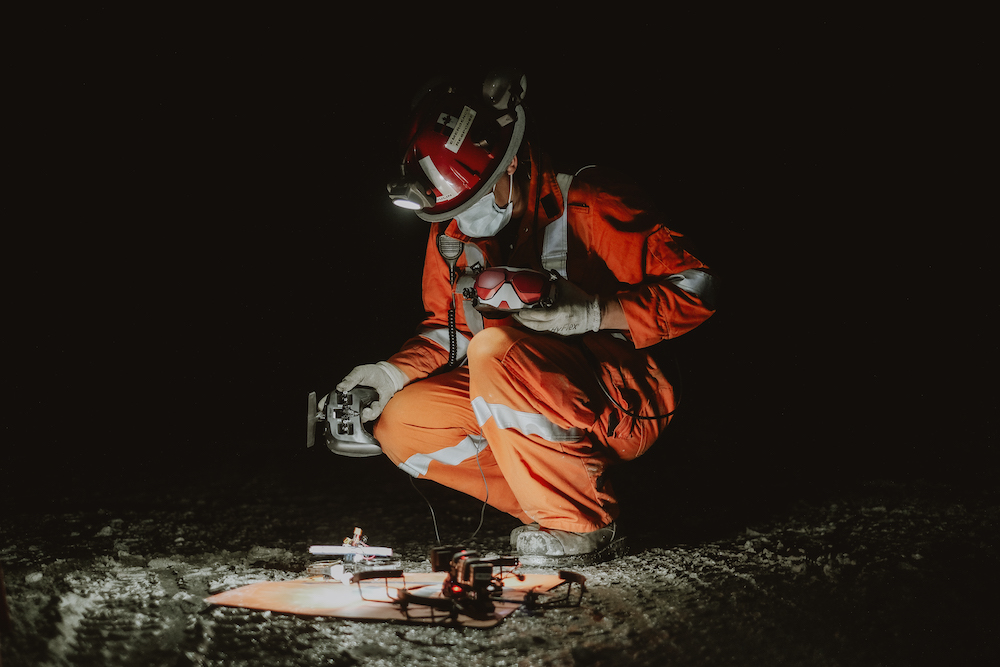SafeScout™ – Emergency Response Drone
Transforming Emergency Response Safety

SafeSight’s Emergency Response Drone (ERD) is the next evolution of our SafeScout™ utility scout drone and is specifically designed to respond to the challenges of emergency response in a potentially hazardous environments.
ERD™ drones are part of SafeSight’s Mine Rescue product line, with all the surveillance and flight technology needed to support complex disaster response efforts in urban settings. These small drones are configured for urban and underground airspace, capable of GPS-based, semi-autonomous flight, as well as GPS-denied indoor flight. Air mobility and obstacle avoidance are supported by stereo cameras to optimize ease of use.
SafeSight’s advanced technology for surveillance, including powerful LED lighting and advanced robotic camera configurations can easily be operated by drone operators to assess and inspect any situation from a safe distance. Ideal for helping local authorities improve their situational awareness in both rural communities and urban areas.

ERD, Benefits and Impacts
ACCESS, INSPECT, SEARCH & RESCUE




